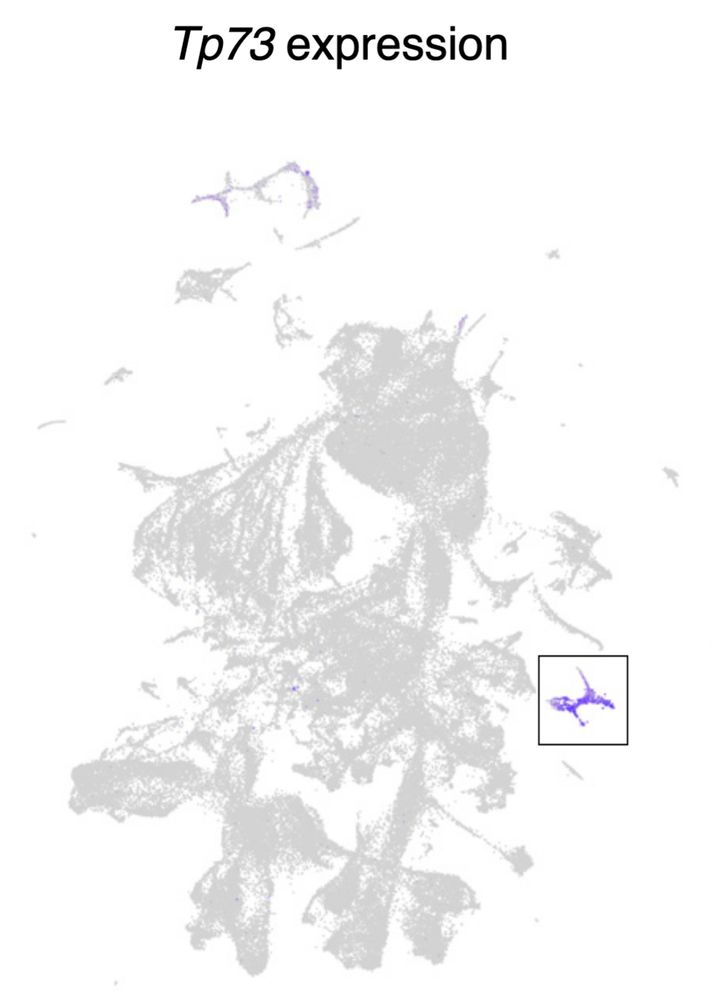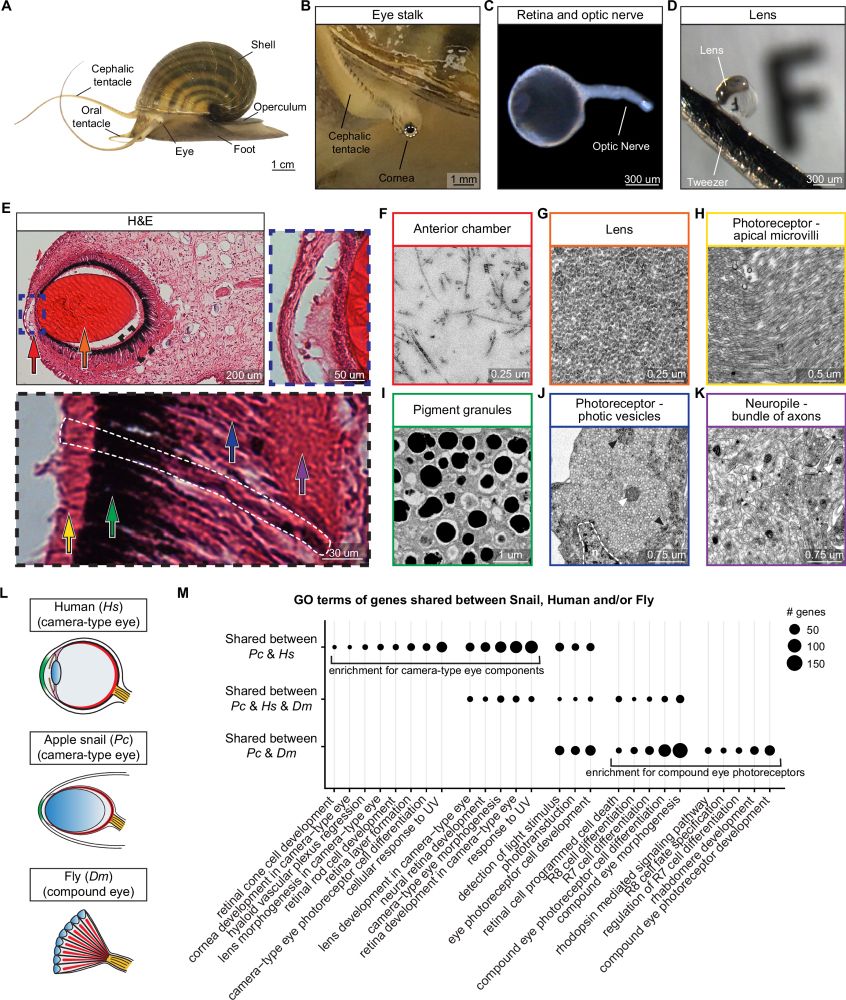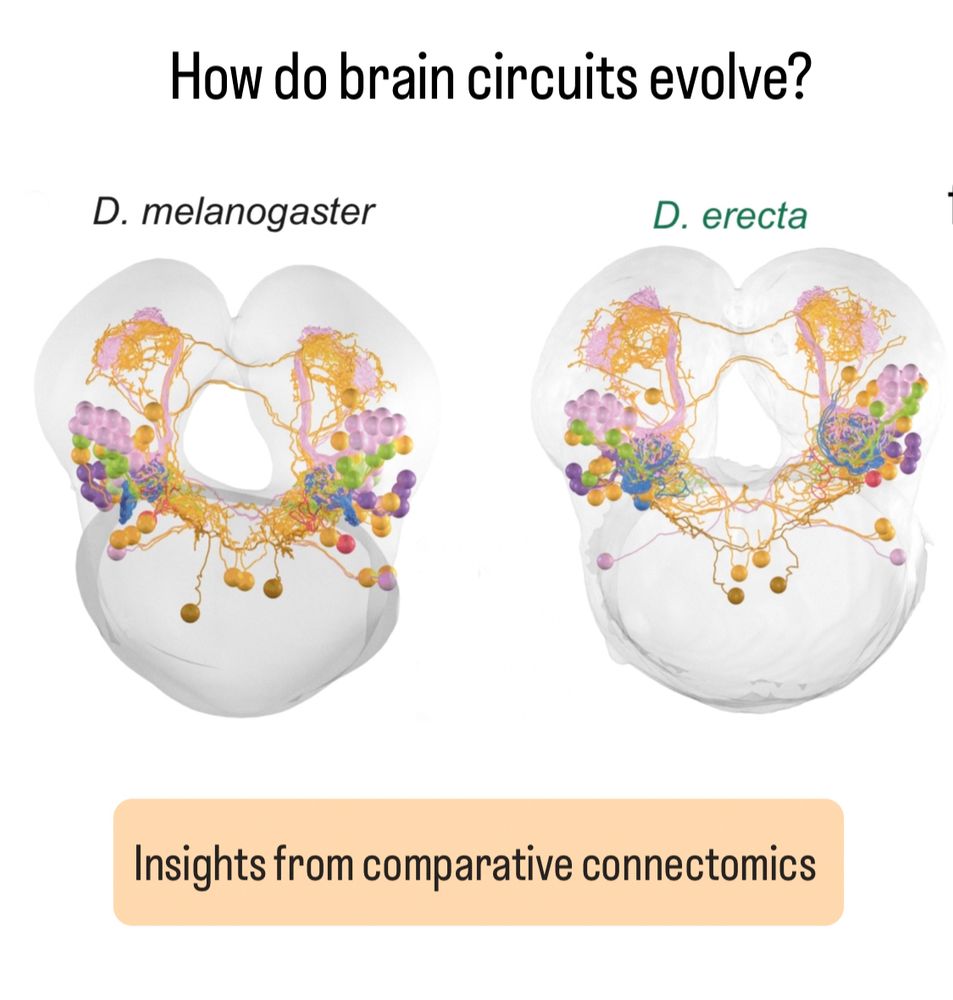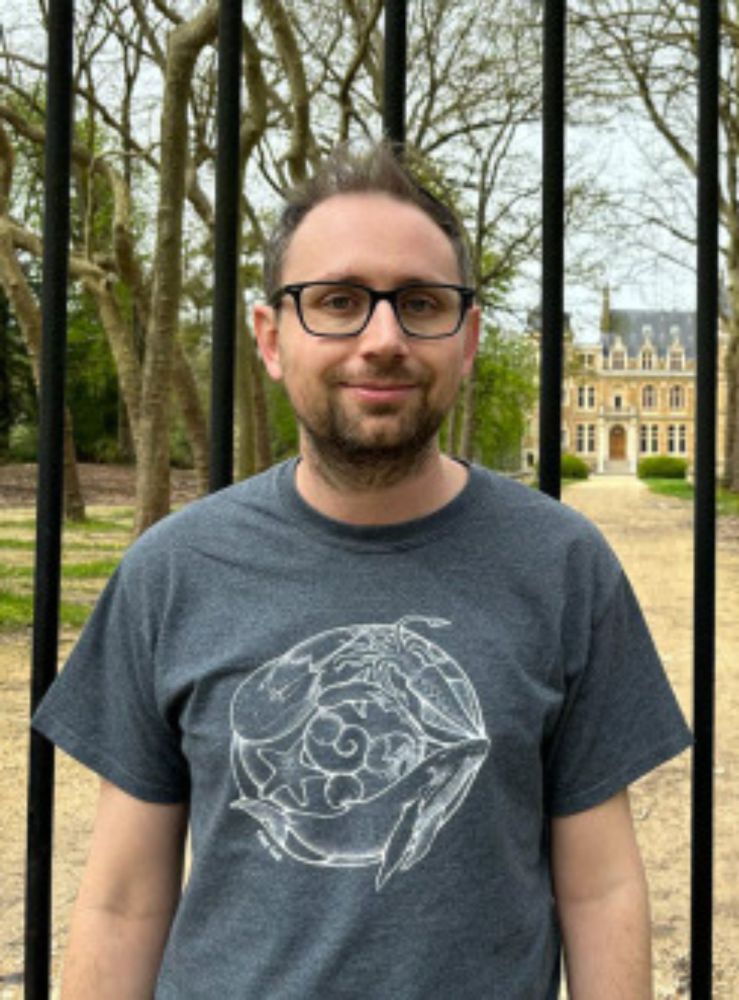Maria Antonietta Tosches
@matosches.bsky.social
190 followers
270 following
11 posts
Associate Professor @ Columbia University. Brain evolution, plasticity and regeneration. www.tosches-lab.com
Posts
Media
Videos
Starter Packs
Reposted by Maria Antonietta Tosches
TanentzapfLab
@tanentzapflab.bsky.social
· Aug 13
Reposted by Maria Antonietta Tosches
Reposted by Maria Antonietta Tosches
Steven Cook
@dumpyunc.bsky.social
· Jul 31
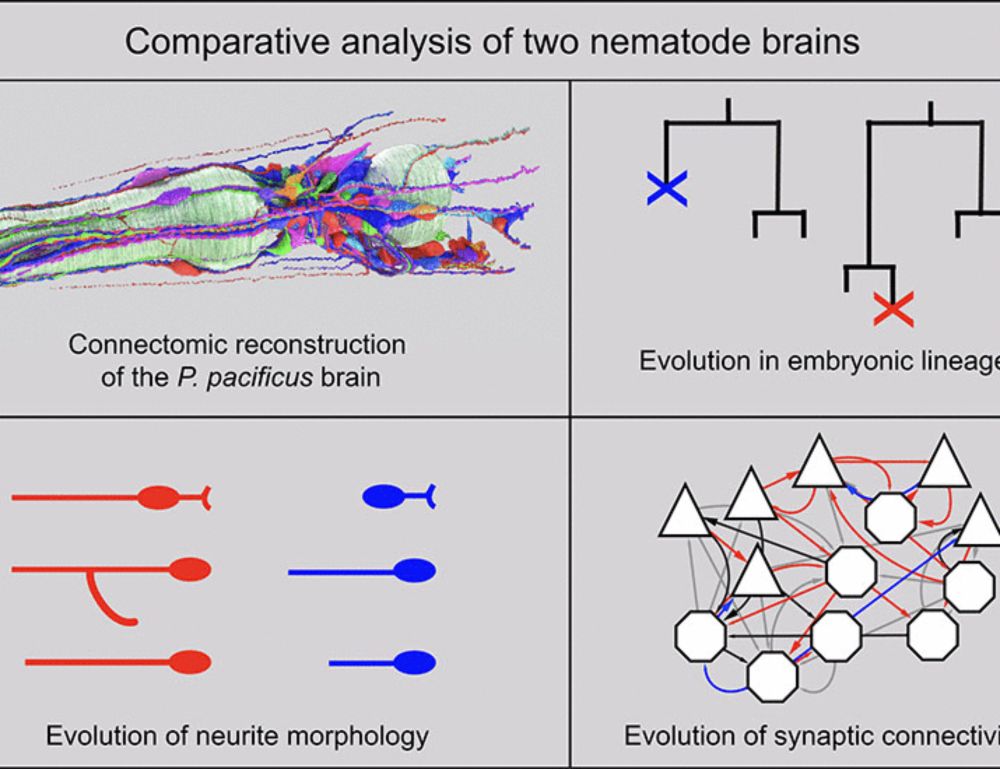
Comparative connectomics of two distantly related nematode species reveals patterns of nervous system evolution
Understanding the evolution of the bilaterian brain requires a detailed exploration of the precise nature of cellular and subcellular differences between related species. We undertook an electron micr...
www.science.org
Reposted by Maria Antonietta Tosches
Reposted by Maria Antonietta Tosches
Reposted by Maria Antonietta Tosches
Reposted by Maria Antonietta Tosches
Reposted by Maria Antonietta Tosches
Debby Silver
@debbysilver.bsky.social
· May 14
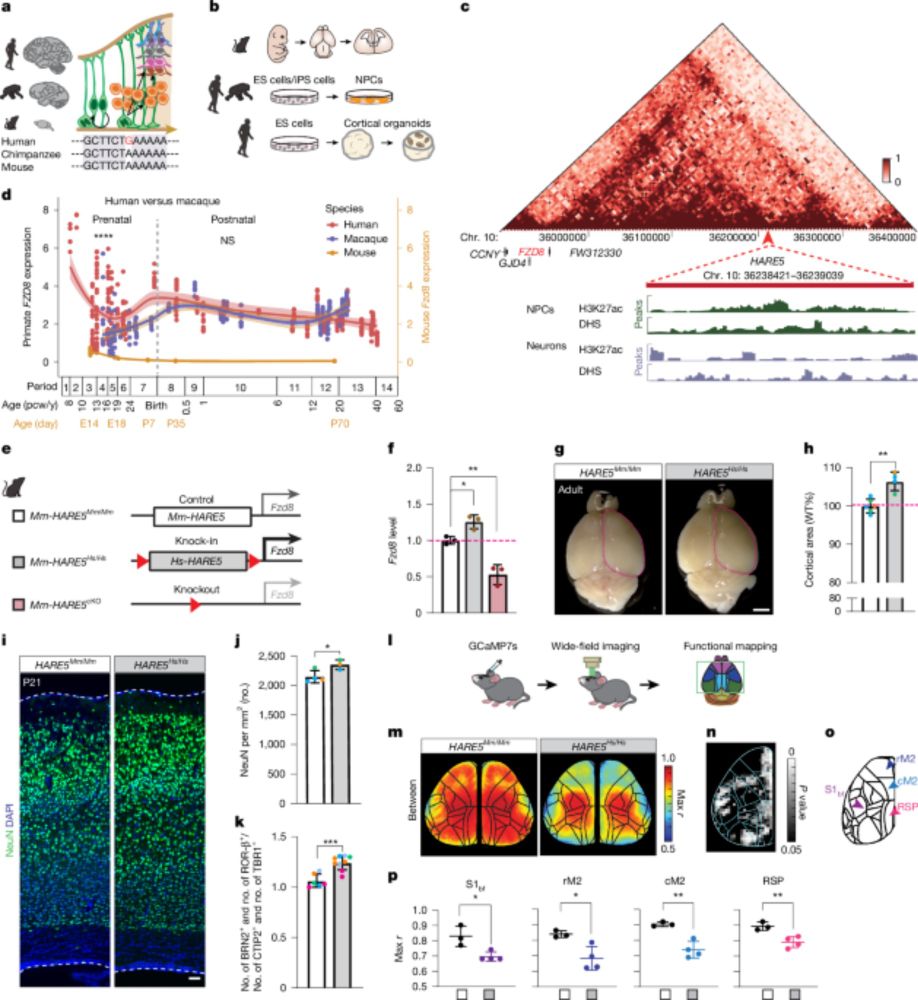
A human-specific enhancer fine-tunes radial glia potency and corticogenesis - Nature
HARE5, a human accelerated region enhancer, modulates cortical development by influencing neural progenitor cell behaviour, leading to an enlarged neocortex with increased functional independence betw...
www.nature.com
Reposted by Maria Antonietta Tosches
Reposted by Maria Antonietta Tosches
Reposted by Maria Antonietta Tosches
Reposted by Maria Antonietta Tosches
Reposted by Maria Antonietta Tosches




